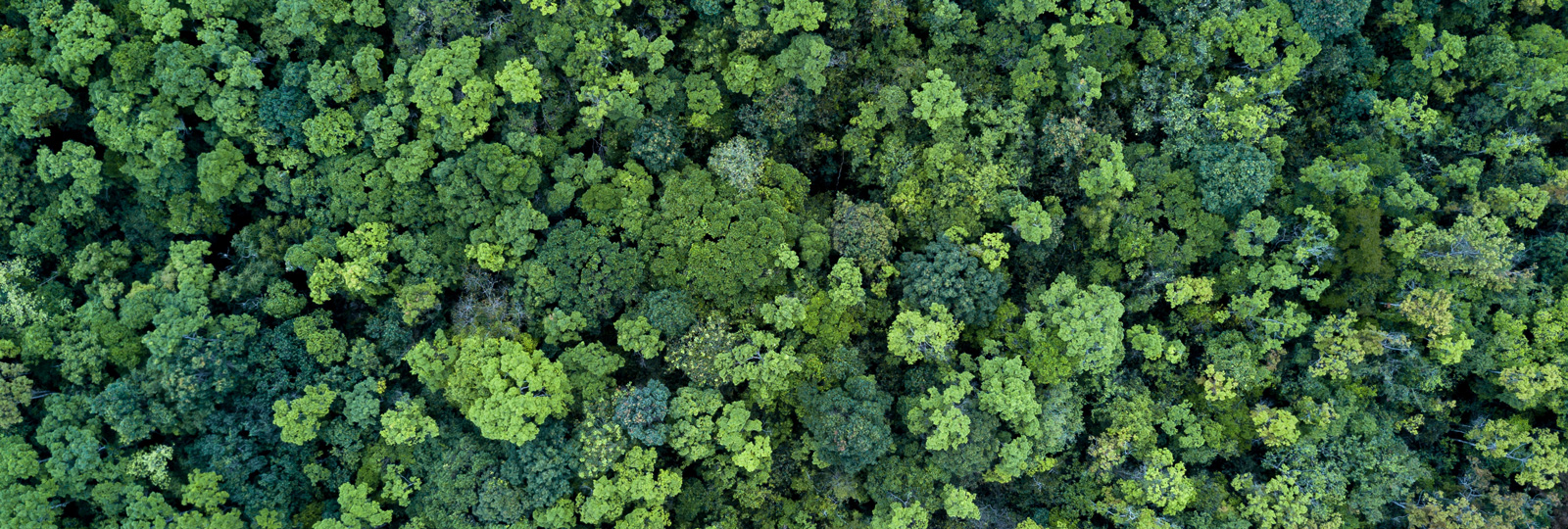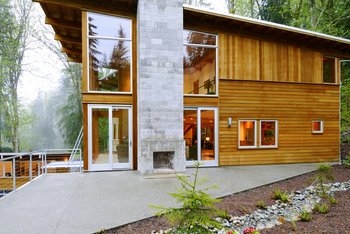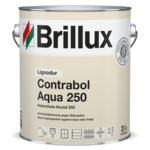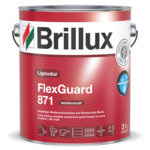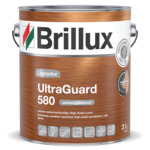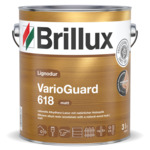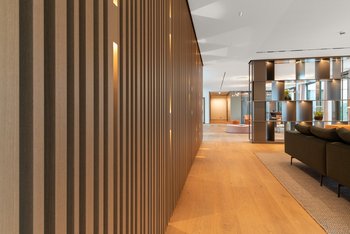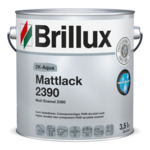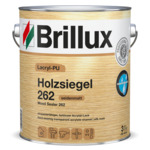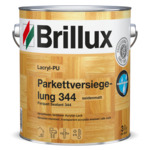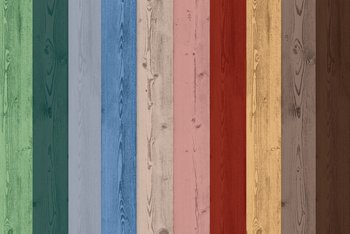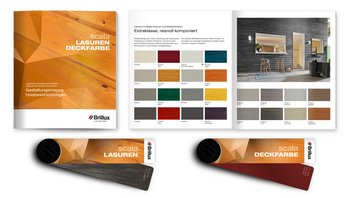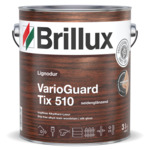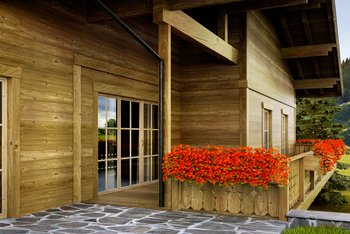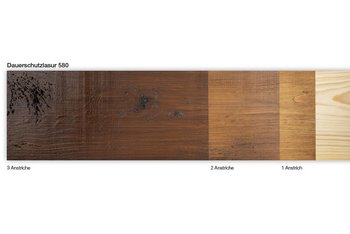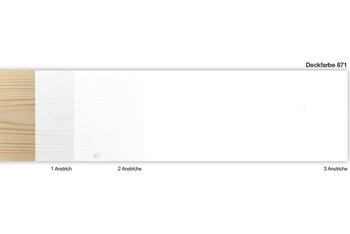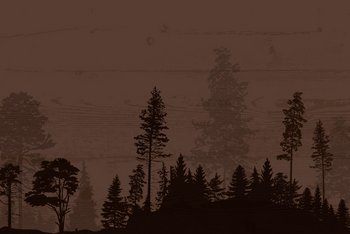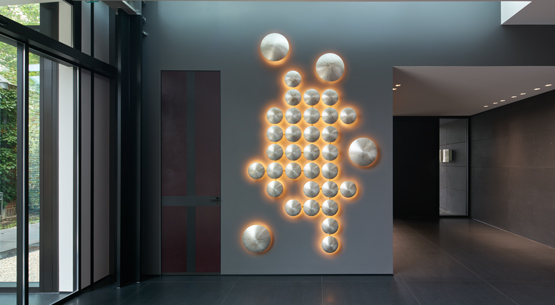Wood coatings: Protective and colored design options
Cover photo: 246586912 Kalyakan © stock.adobe.com;
This article appeared in Planquadrat 3/20
Order the print version at: kontakt@brillux.de
Wood is the most important and frequently used renewable raw material. Since its inception, it has demonstrably had a high useful value for humans and is still regarded as one of the most versatile materials to date. The use of wood is as flexible as the design possibilities it offers. Whether as construction wood or for furniture, as wood material or pulp for the paper industry – or for fuel, as energy.
Wood as a constructive element
Wood is high-performance. Despite its natural origin, it is a technical material suitable for constructively demanding, modern structures. The emotional side of wood. Wood enables energy-efficient and sustainable construction while taking into account the highest atmospheric requirements. Wood is the material with a positive primary energy balance.
Protected wood lives forever
Wood that is completely submerged, that never comes into contact with air, could last forever. Take, for example, the lagoon city of Venice, which was primarily built on wooden piles. Carbonized wood, i.e. an outer layer purposefully burnt by fire, also protects the inner core from weathering and ensures that the static properties are retained for as long as possible, even in the event of a fire.
Wood protection for exteriors
The positioning of the wooden component or cladding in exterior areas plays a major role. Is there protection against rain and wind? Is it the side facing the prevailing wind, most exposed to weather, and where is the building located? Planning constructive wood protection and choosing a wood coatings depends on these factors, and on the level of protection required.
Chemical wood protection should always be selective – i.e., only if it is required due to the type of wood used and the situation on site, and only where it should actually take effect, deep in the wooden material. The impregnation to be used must therefore have good penetration capacity.
Physical, i.e. opaque or translucent wood protection complements the constructive measures and chemical protection. Suitable coatings are used here, which on the one hand keep the impacts of weather away from the wood and on the other, serve as surface design.
Wood protection for interiors
The use of wood as a natural material indoors is traditional and yet is more modern than ever before. The contrast between concrete, stone or steel and renewable raw materials is an architectural approach that offers a wide range of design possibilities.
It is important to avoid pollutants and emissions of any kind and maintain the beautiful natural appearance, even if a patina can sometimes be very charming. There are endless options when it comes to protecting wood with glazing or colored paints.
The entire variety of color design
Which glazing and covering color shades go together and enhance the effect of the other? Which color combinations are useful for glazed window frames, for example, or painted doors? How can a harmonious color match be made with regard to the facade color? Which tones are easy to use for desired contrasts or even harmonious color tones?
In the wood color shades design card, you will find fascinating, harmonious top coats for wood and render for the key groups of woodstains (real wood color shades, colored gray shades, blue/green nuances and bold and metallic color shades).
Metallic look for a natural aged style
In untreated wood, the Lignin wood component is gradually degraded by sunlight. The result? The wood grays, forming a metallic silver patina, depending on the type of wood. With Gel Woodstain 510 in metallic shades, the appealing look of naturally weathered old wood in different shades can be evenly imitated and while protecting the wood at the same time.
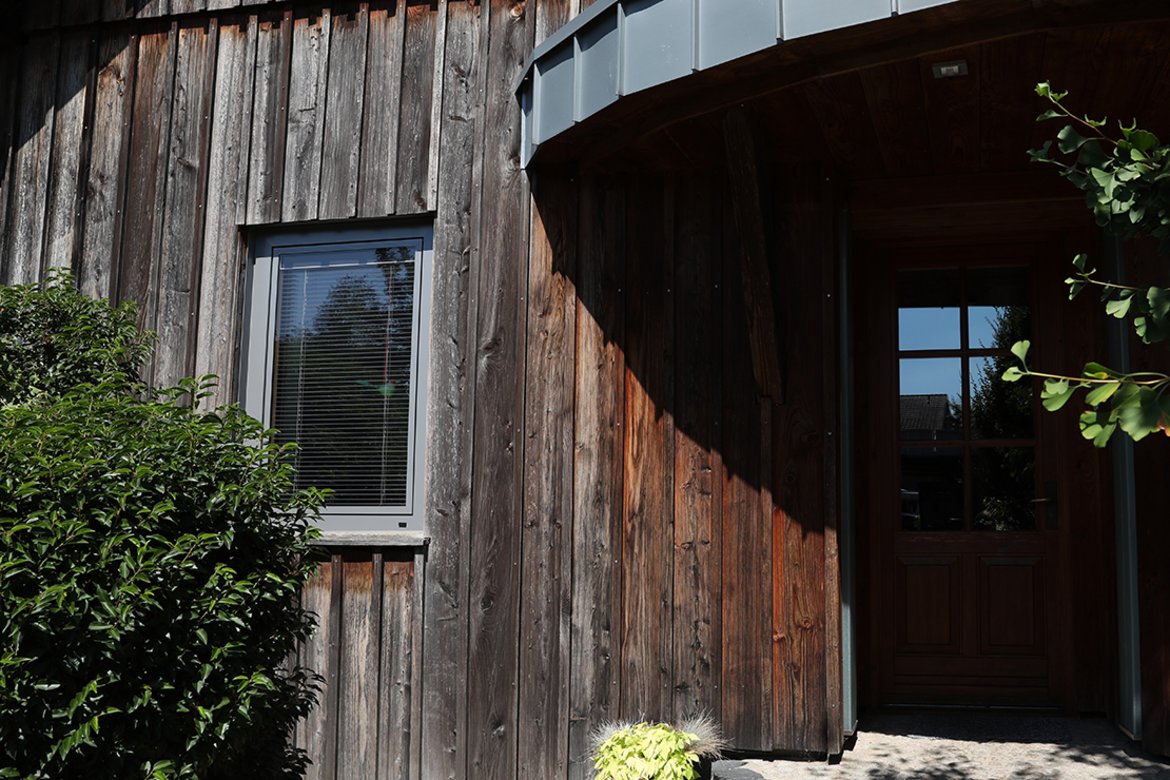
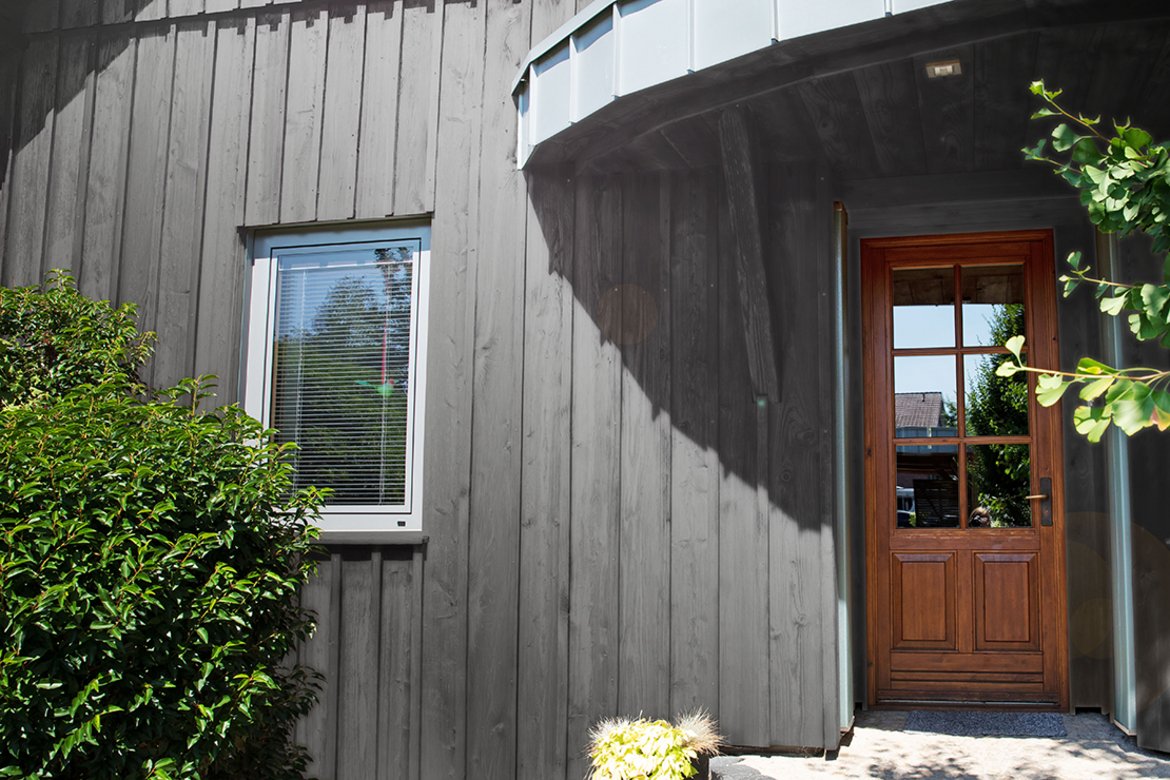
The appeal of matt glazed wooden surfaces
Brillux offers various solutions for permanently matt surface coatings. Weather-resistant Matt Enamel Paint 618 is suitable for application on all hardwood and softwood surfaces. The natural character and genuine look of the matt material consequently remains both perfectly visible and outstandingly protected.
Coating types – decisions based on principle!
Woodstains
Should the structure and possibly the natural color of the wood remain visible? Should the character of the material be preserved, but the color be adapted to the (interior) design concept? Glazes that penetrate deep into the wood are recommended here, which protect the surfaces and give them a rich, natural color that can be refreshed over and over again with regular repainting. Colored varnishes retain the character of the material and design equally, whereby higher-pigmented varnishes always offer better UV protection than colorless or low-pigmented varnishes.
Enamel paints
Should the surface appear homogeneous in color and, if necessary, even strongly accentuated? Paints are applied as a protective layer on the substrate, smoothing pores in this way, but depending on the product, the structure nevertheless sometimes negates the natural origin in colored form. The design scope is unlimited, as is the resistance and stressability. The following applies here: The darker the color shade, the greater the likelihood that cracks will form in the paint surface under strong sunlight and high UV effect in accordance with physical principles.
What you need to know
Wherever moisture can penetrate the wood via unavoidable construction joints, moisture balance should be ensured by the coating. This applies in particular to all non-dimensionally accurate and limited dimensionally accurate components such as fences, wooden paneling and roof soffits.
Good elasticity of the coating film is an important requirement for opaque coatings on dimensionally inaccurate wooden components. The reason is obvious: The components and thus also the coatings are subject to considerable swelling and shrinkage movements. Here, emulsion paints achieve the best results due to the bonding agent basis.
Board-format wood-based materials, familiar from interior fittings, are now also found in exterior areas. In the case of permanent direct weathering or under the influence of condensation (e.g. in the case of roof soffits), these wood-based materials carry numerous risks: Staining due to migration of soluble adhesive components, cracking in the top layer, bowling of the panels, nutrients for mold or insufficient edge protection are unpopular side effects. Even with weatherproof gluing of the panels, no general coating recommendation can be given. The durability of the coating should be checked during planning, taking into account the design details, the respective wooden-based material, type of installation and expected load.
